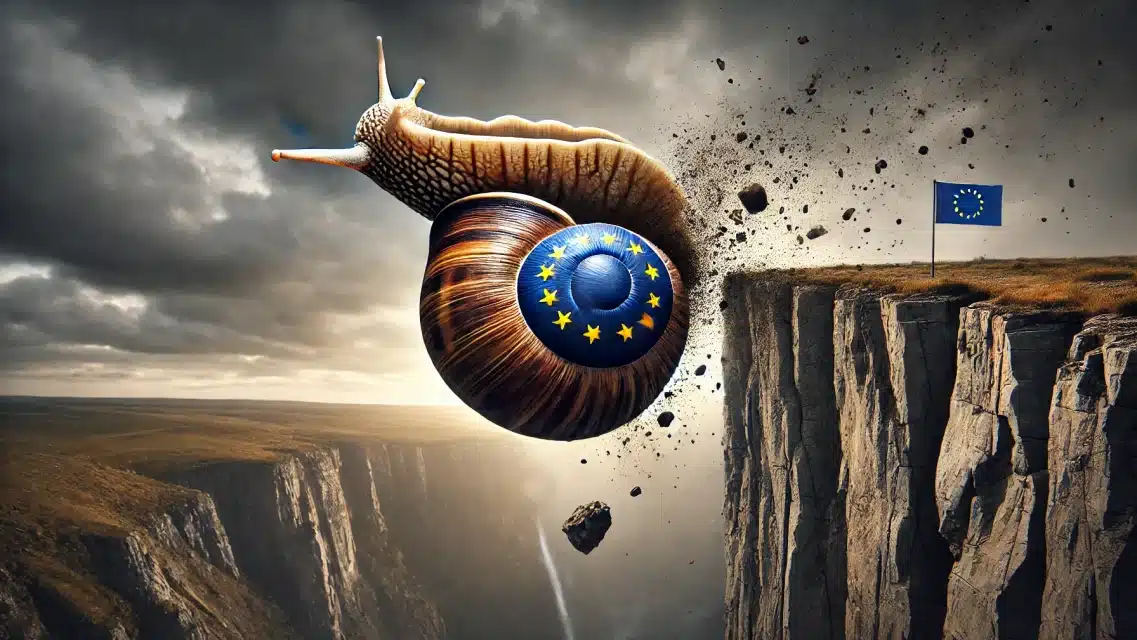Modern marketing leaders face an ocean of technological change. In this turbulent sea, even the mightiest corporate “tanker” – a large, successful enterprise – can struggle to change course quickly.
As Sun Tzu famously declared, “Speed is the essence of war. Take advantage of the enemy’s unpreparedness; travel by unexpected routes and strike him where he has taken no precautions.”
In today’s marketplace, speed and agility in innovation have become decisive advantages. The challenge for CMOs and CEOs is to innovate rapidly with new tech-driven tactics – from AI to data analytics – without capsizing the core business.
The solution taking shape in boardrooms is the “speedboat and tanker” model: launching a small, agile marketing innovation lab (the speedboat) alongside the steady main organization (the tanker). This approach promises to build sustainability into innovation and future-proof the enterprise by allowing fast experimentation without jeopardizing the brand’s stability.
The speedboat and the tanker concept
The speedboat/tanker metaphor captures a strategic duality. The “tanker” is the established business – massive, reliable, but not easily maneuvered. The “speedboat” is a nimble unit that can dart into new waters, test uncharted routes, and quickly return with insights.
This dual approach is a form of organizational ambidexterity – exploiting existing strengths while exploring new opportunities. The speedboat enjoys agility, flexibility and speed, unencumbered by the parent’s processes. It’s a safe space for experimentation.
“Fail small, win big.” A failed experiment in the lab is just data, not disaster. A successful one? It’s a new path forward.
Embracing a culture of rapid experimentation
Marketing must embrace rapid experimentation in a tech-driven world. Traditional campaigns risk being outdated before they even launch.
Instead, marketers need a “test, learn, and iterate” mindset.
As Seth Godin puts it: “If failure is not an option, then neither is success.”
And Sheryl Sandberg: “What would you do if you weren’t afraid?”
Innovation labs thrive on this fearless mentality. At Campbell’s digital marketing lab, a 100% success rate was considered a red flag. It meant they weren’t pushing hard enough.
Experiments are encouraged to fail fast, learn fast, and adapt faster. In the words of Coca-Cola’s CFO: “Staying ahead of the curve requires constant invention and reinvention.”
The marketing innovation lab in action
A marketing innovation lab is a structured, agile unit that acts like a startup inside the enterprise. Its mission: explore new technologies, pilot bold ideas, and translate insight into action.
A typical lab:
- Works cross-functionally across marketing, tech, and data
- Pilots campaigns or tech in small test markets
- Experiments with emerging tools like generative AI
- Refines or retires ideas quickly based on data
Neil Patel emphasizes that while AI can accelerate content and personalization, human creativity and strategy must guide the application. A lab environment makes this possible—where experimentation is safe, ethical, and brand-aligned.
The lab becomes a company’s radar, its sandbox, and its R&D wing for marketing.
Strategic integration and foresight
But here’s the catch: the lab is only valuable if the main organization can learn from it.
Innovation must scale.
To avoid a disconnect, leading firms rotate staff between the lab and core teams, build integration pipelines, and celebrate lab successes internally.
This avoids the “us vs them” mentality and ensures the tanker gradually becomes more like the speedboat.
As Malcolm Gladwell might say, the lab creates tipping points—small experiments that eventually tip into transformation.
Beyond innovation: building sustainable advantage
A well-run lab does more than test new tech. It:
- Future-proofs marketing capability
- Attracts top talent eager to work on bold ideas
- Builds ethical, sustainable practices into marketing before scale
- Strengthens resilience by reducing reliance on guesswork and legacy channels
Philip Kotler writes that organizations naturally seek efficiency—but that makes true innovation feel unnatural. A lab builds the habit of innovation. Over time, it becomes a lighthouse, guiding the enterprise into the future.
Conclusion: setting sail for the future
The “speedboat and tanker” model isn’t just a metaphor—it’s a map.
It allows enterprises to move fast without risking the mother-ship. It honors the scale and stability of the legacy brand, while giving the company a vessel to explore what’s next.
Innovation is no longer optional. Most experiments will fail. And companies that don’t innovate? They disappear.
The marketing innovation lab is how smart firms build to last—by daring to test, by learning quickly, and by steering boldly into the winds of change.



